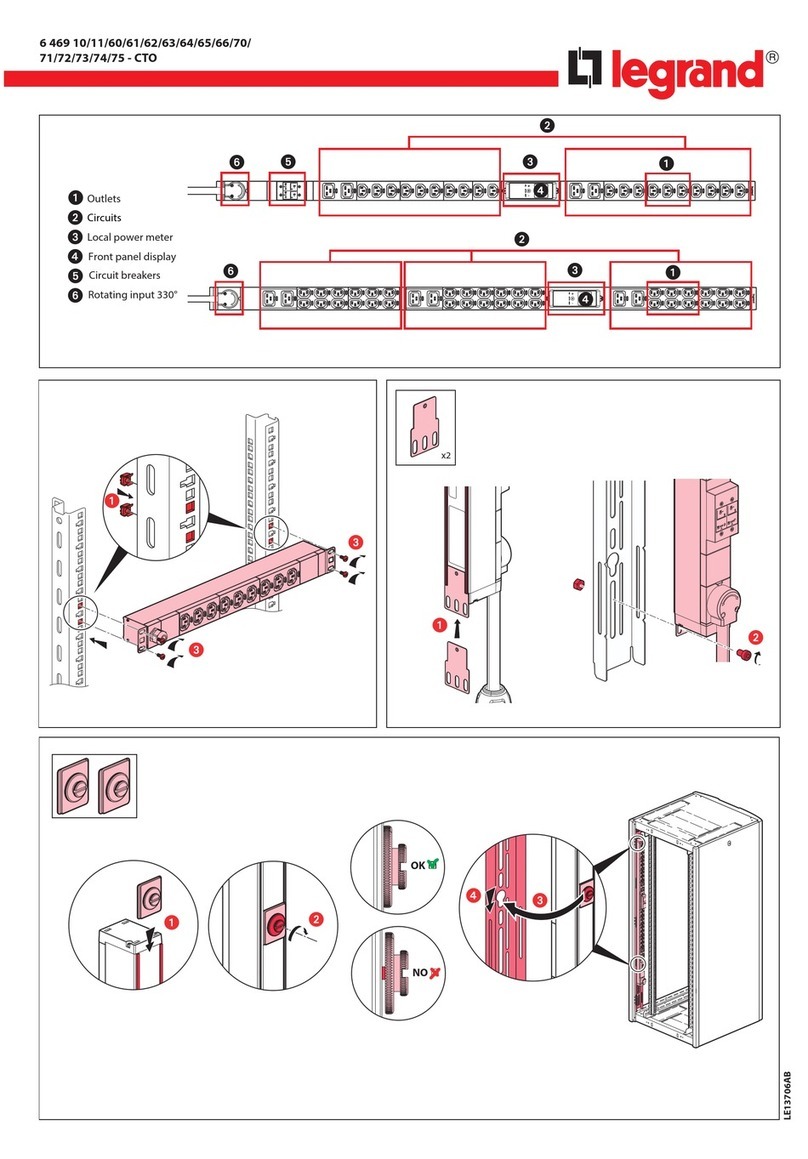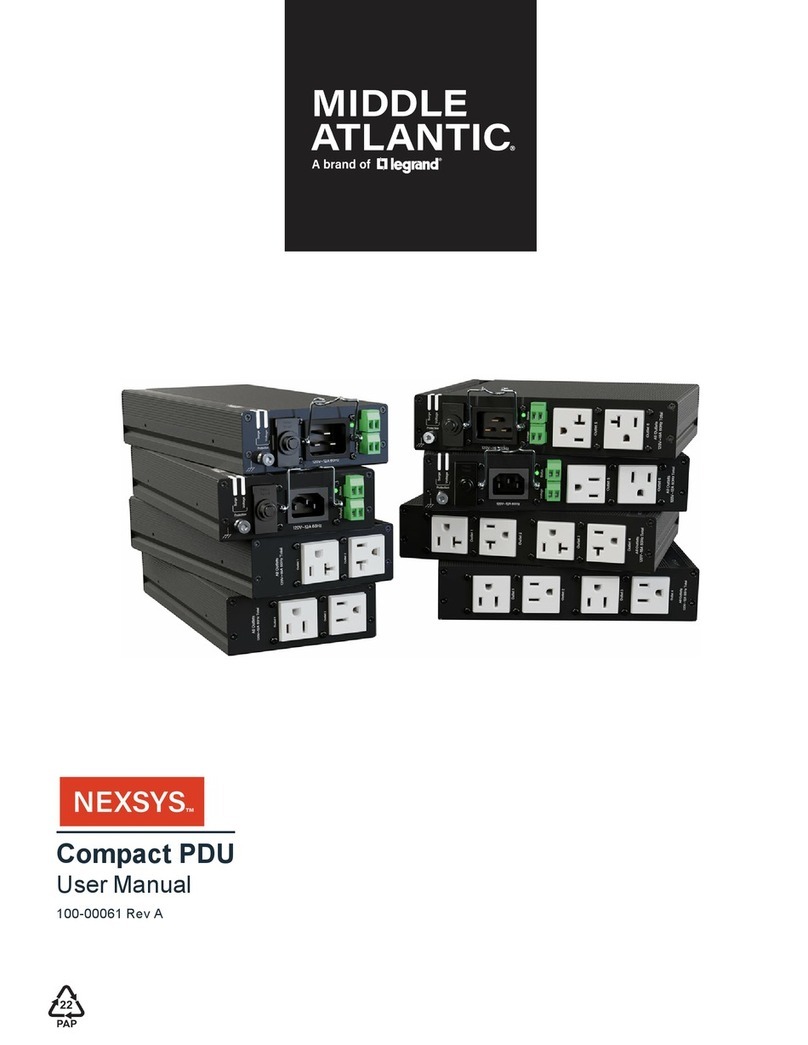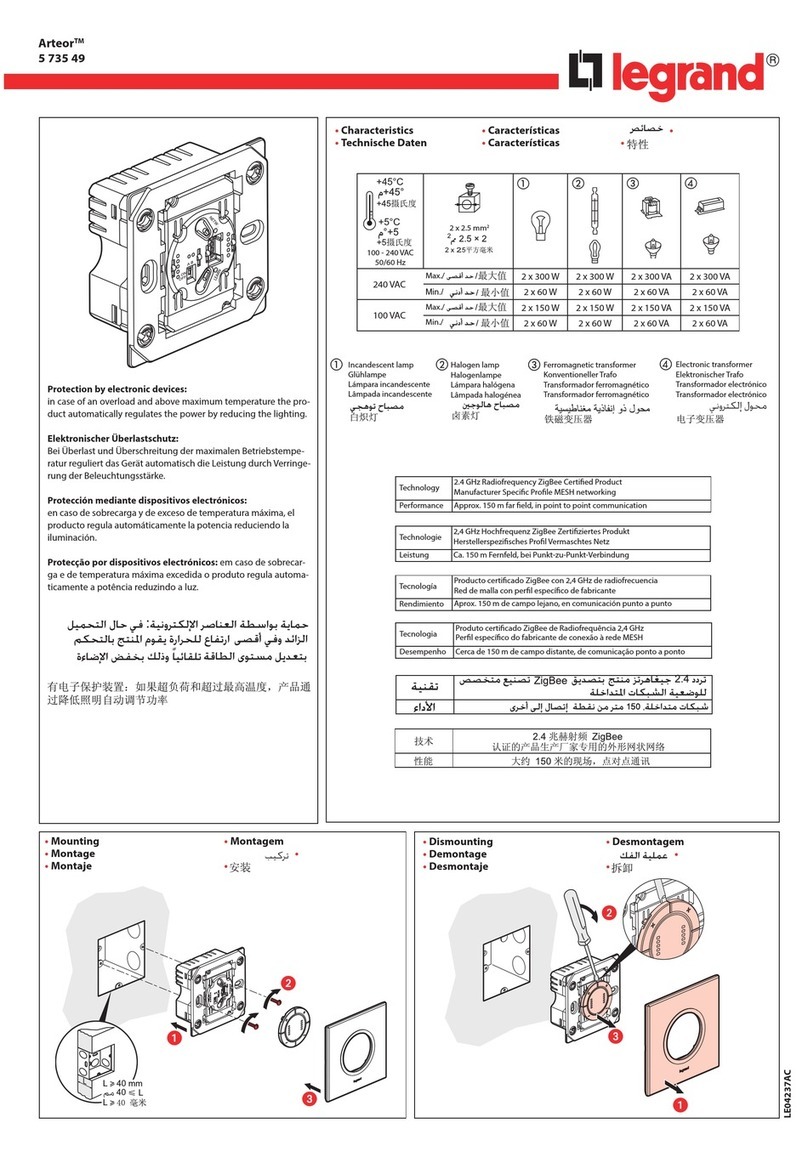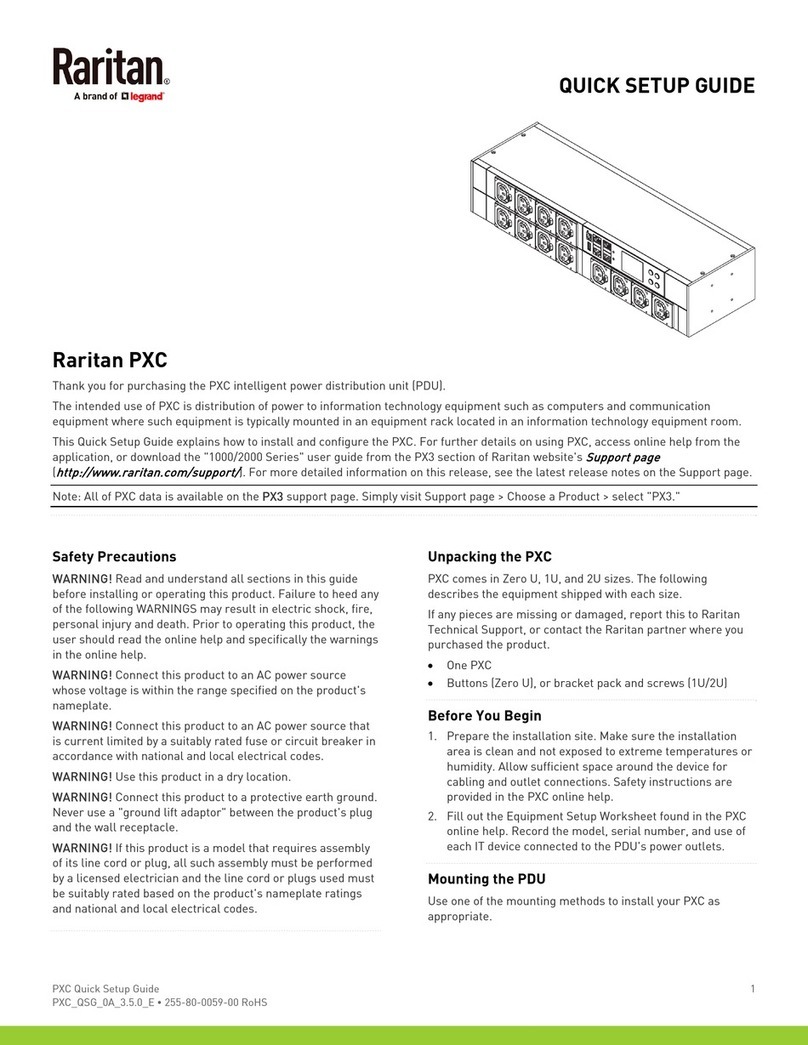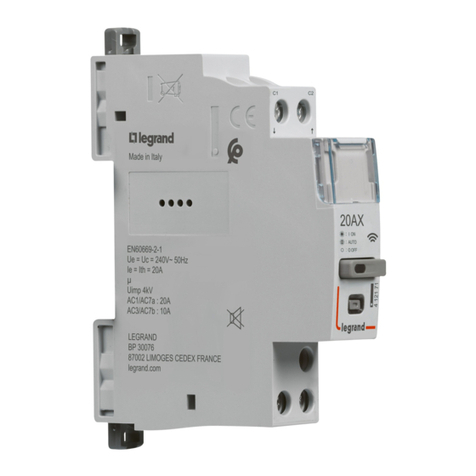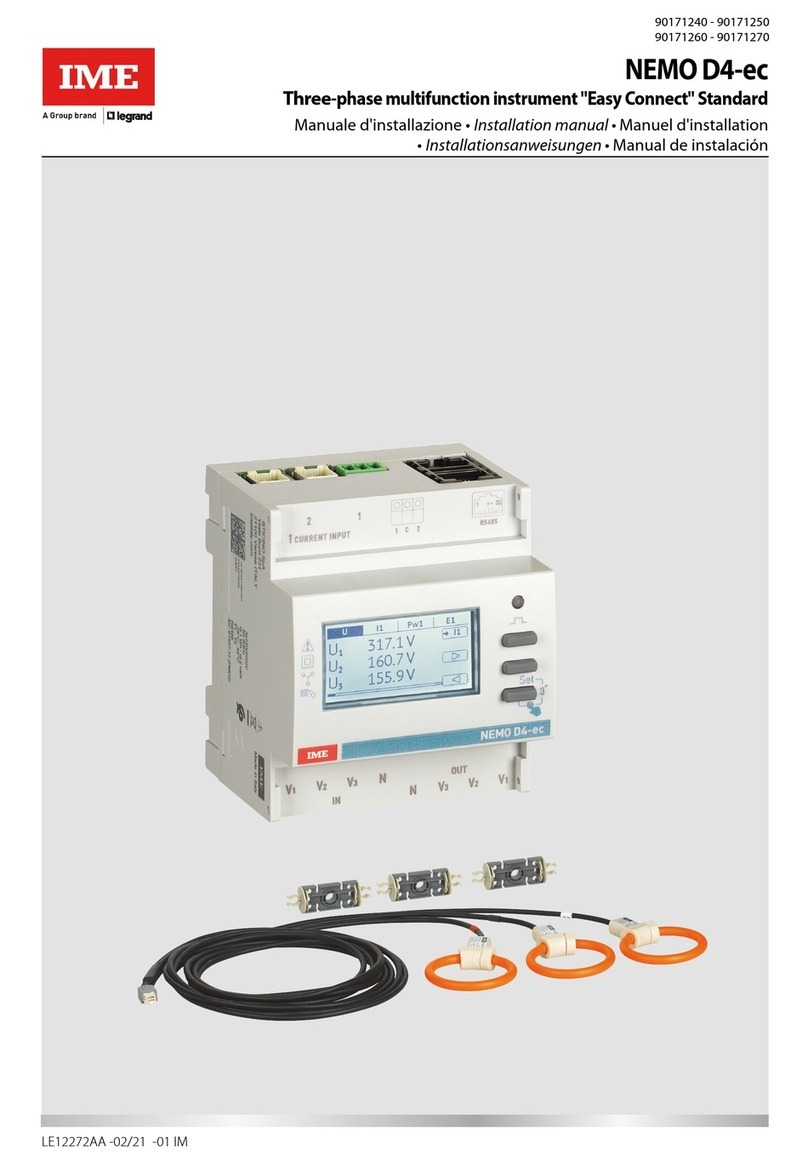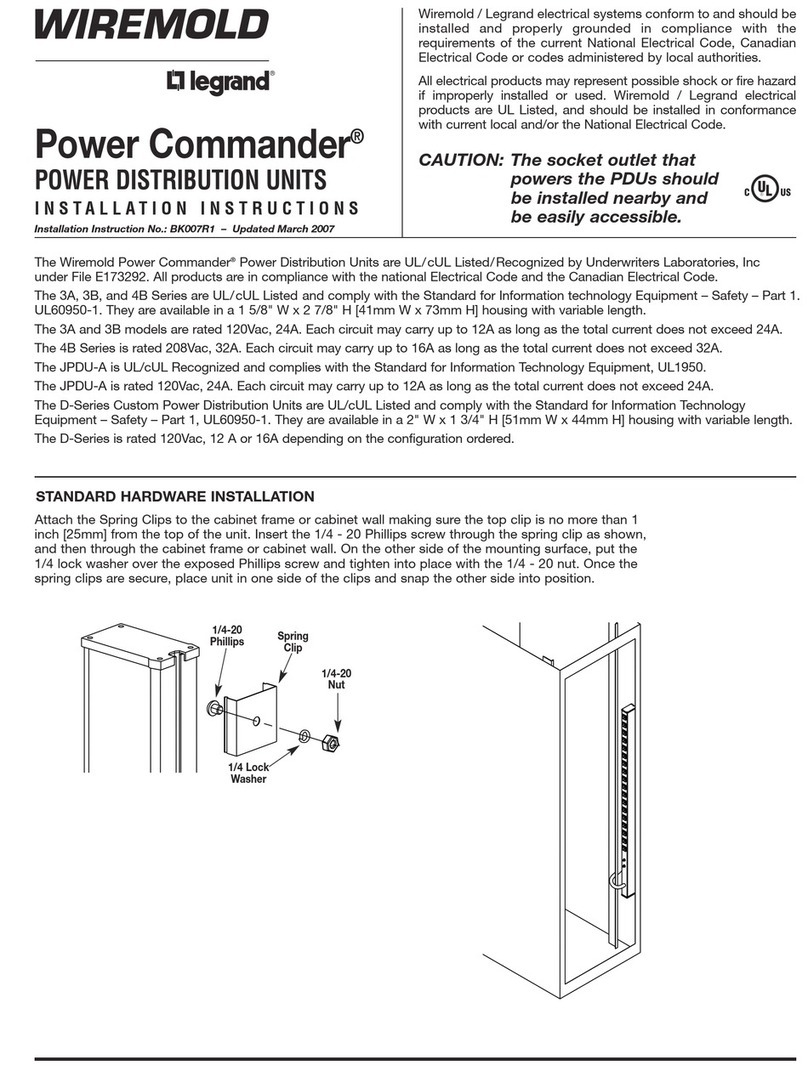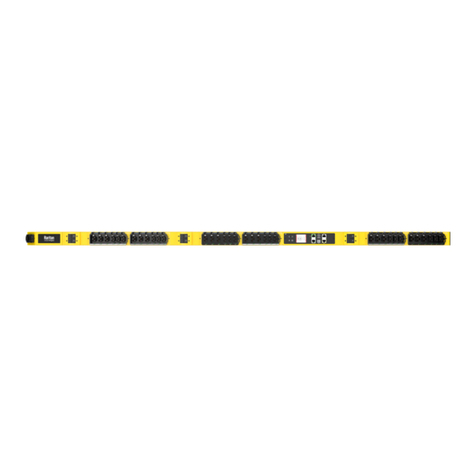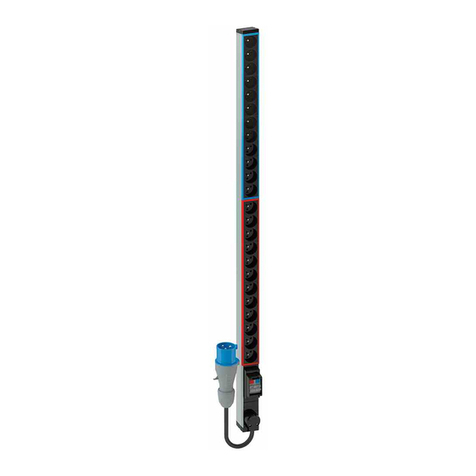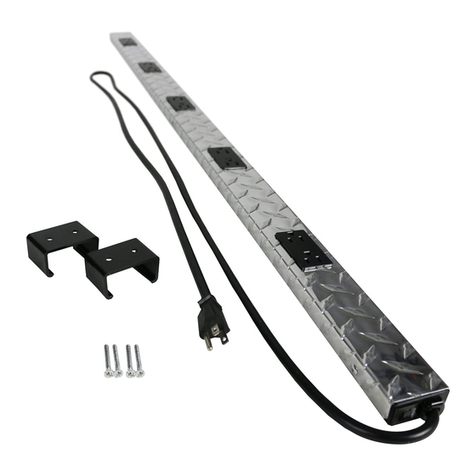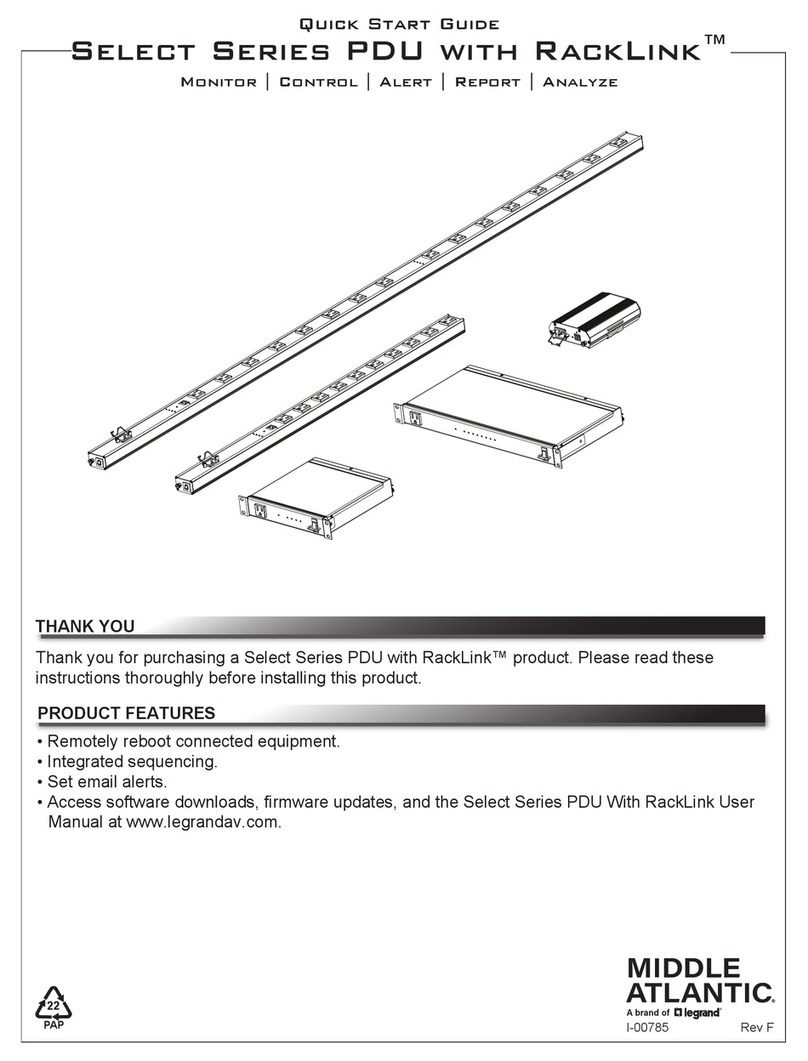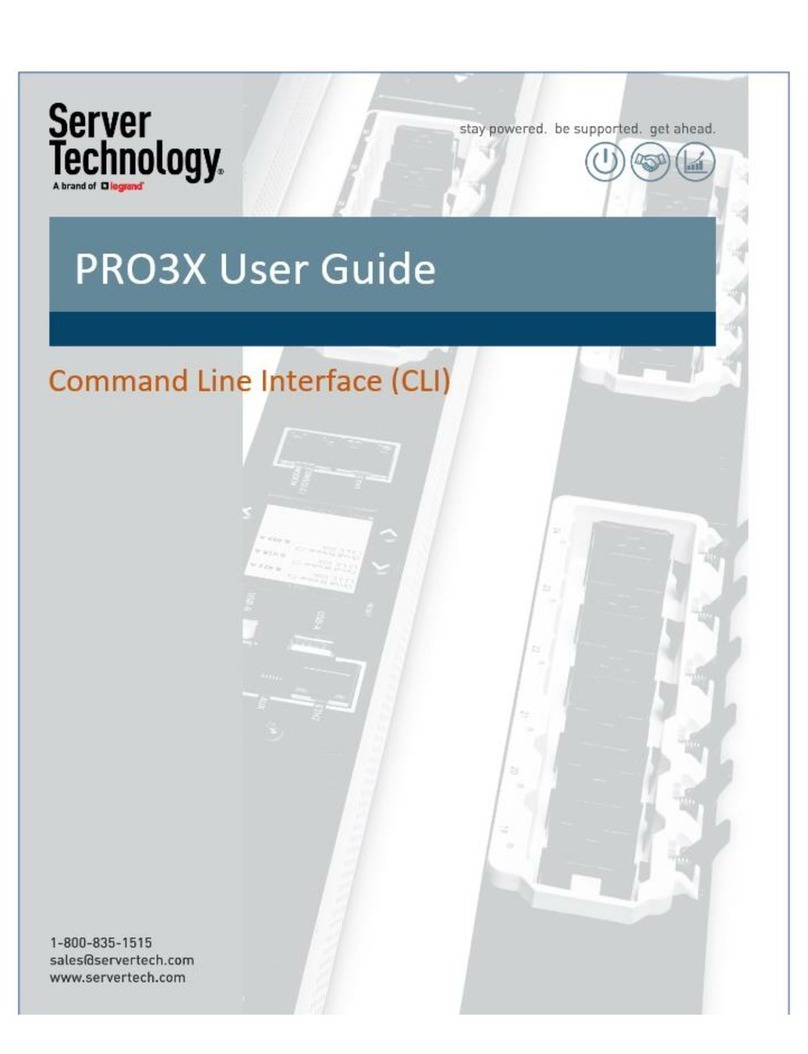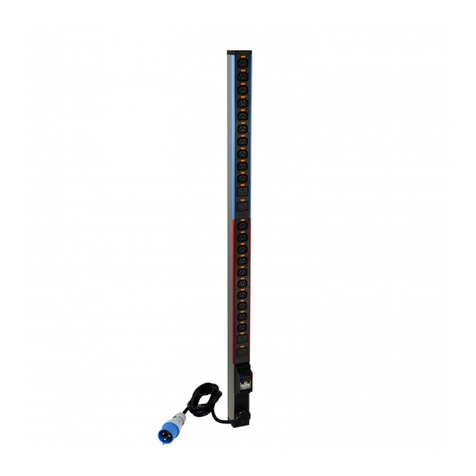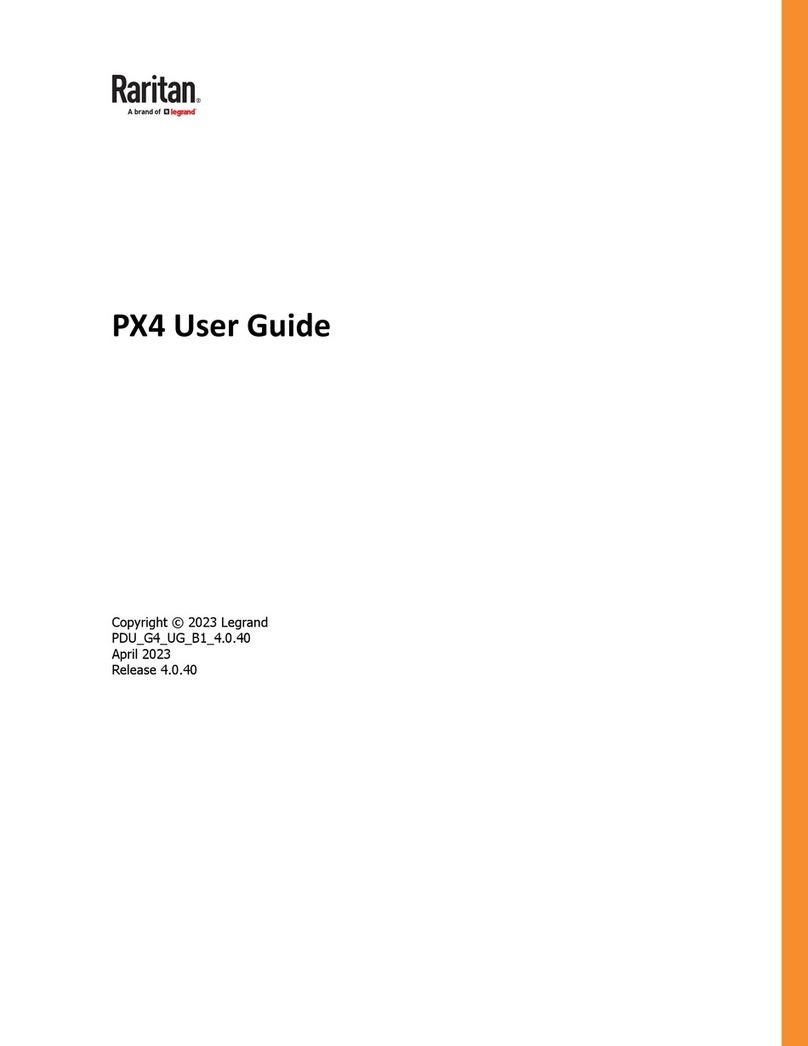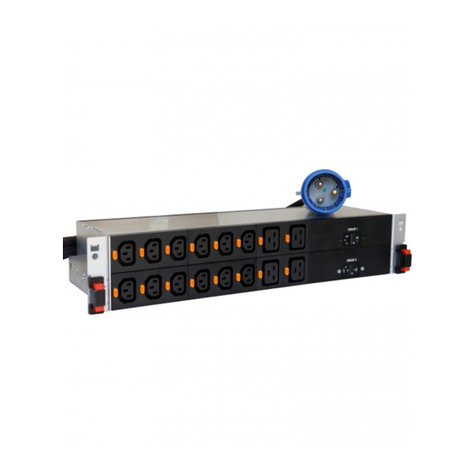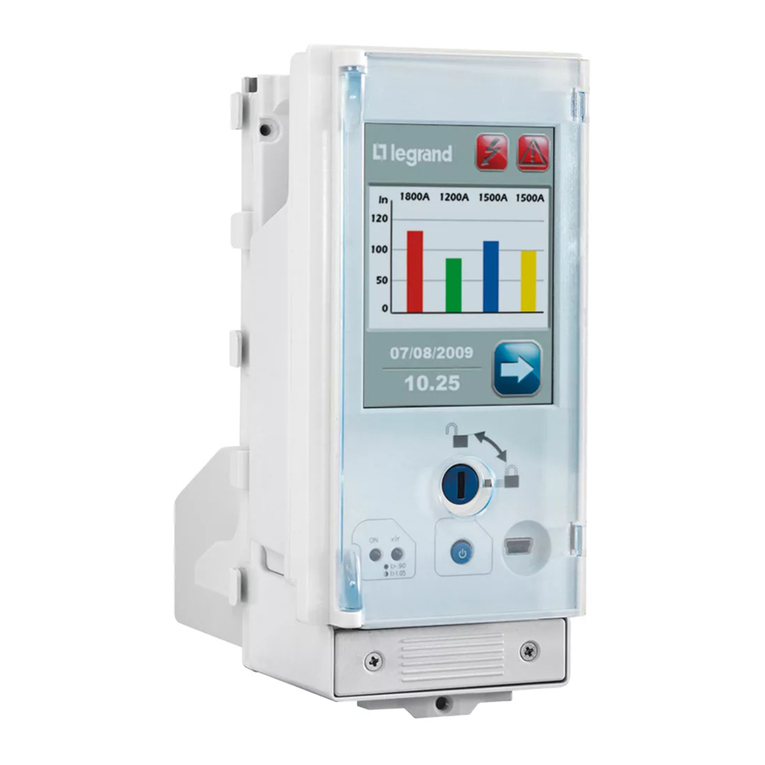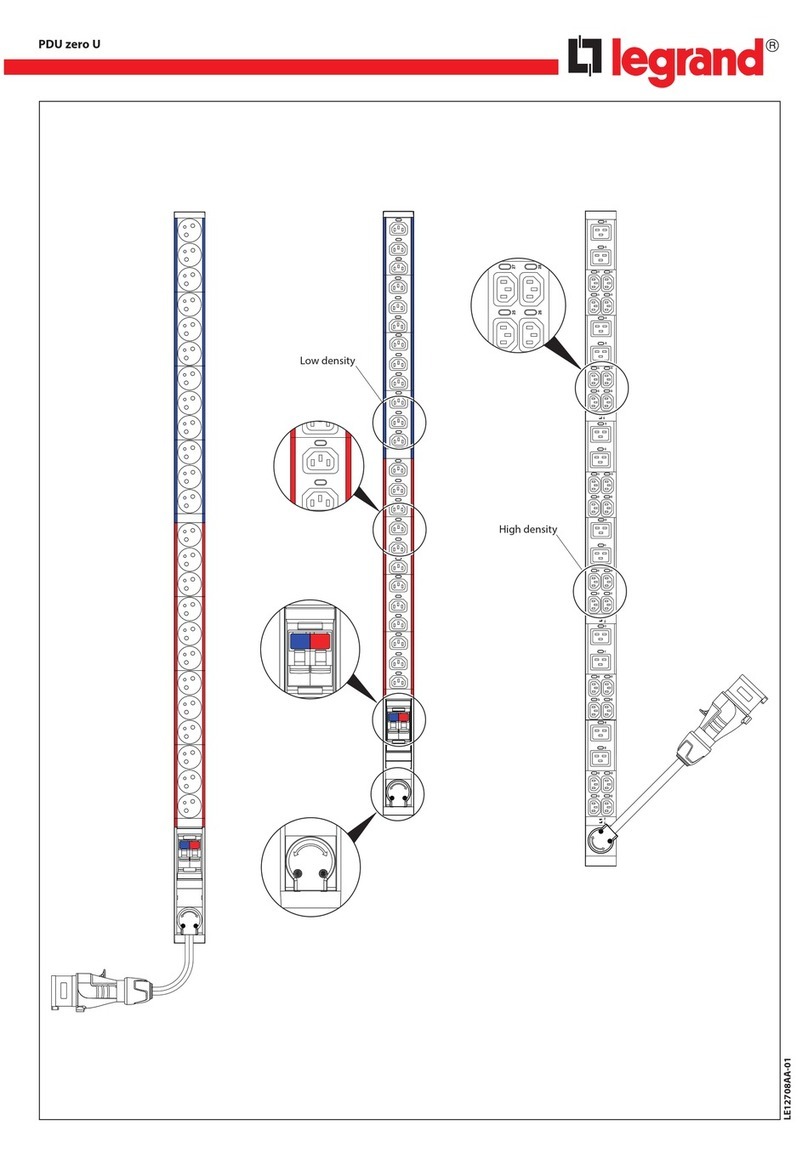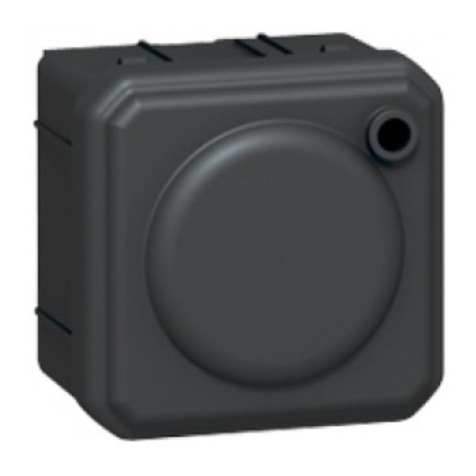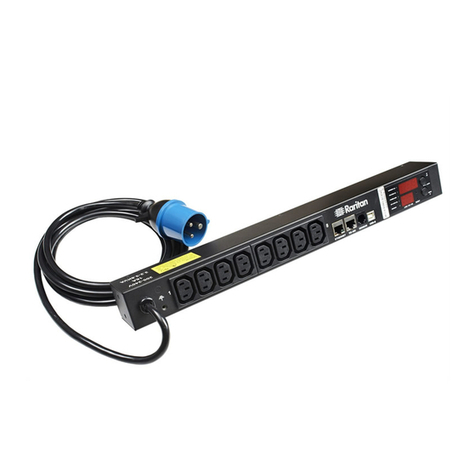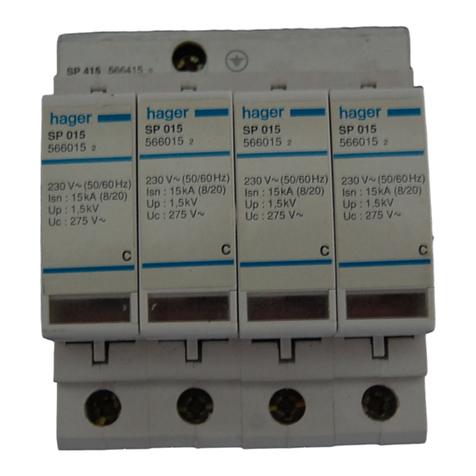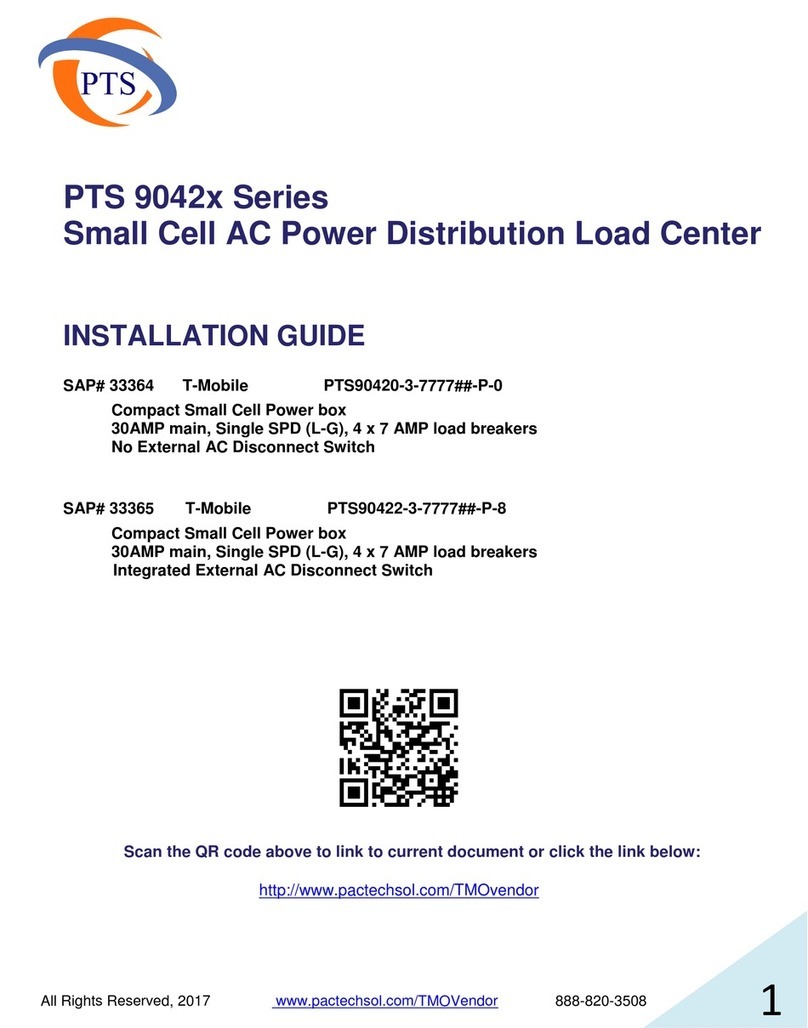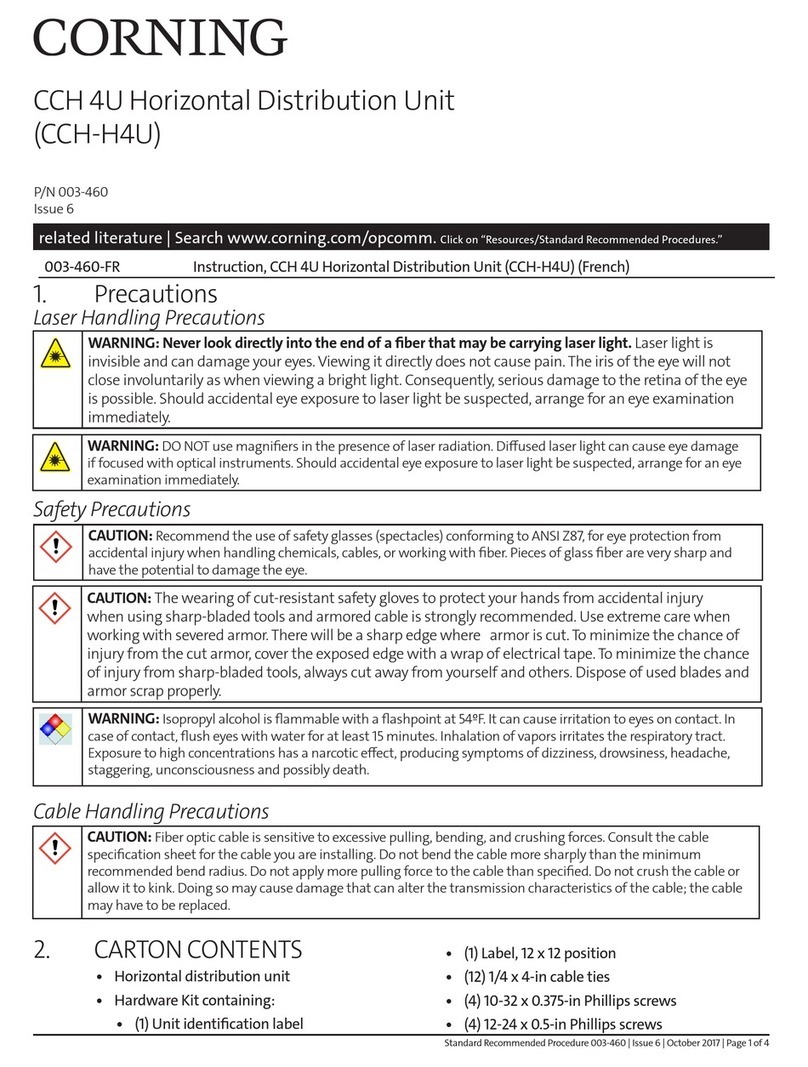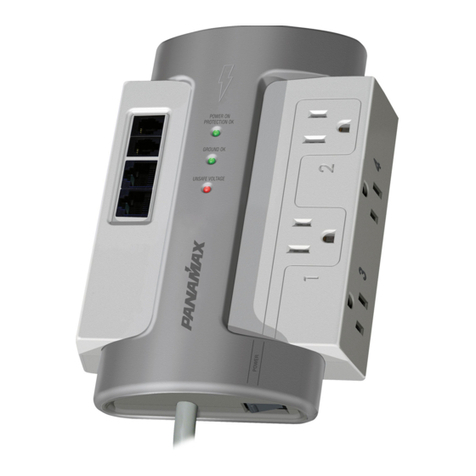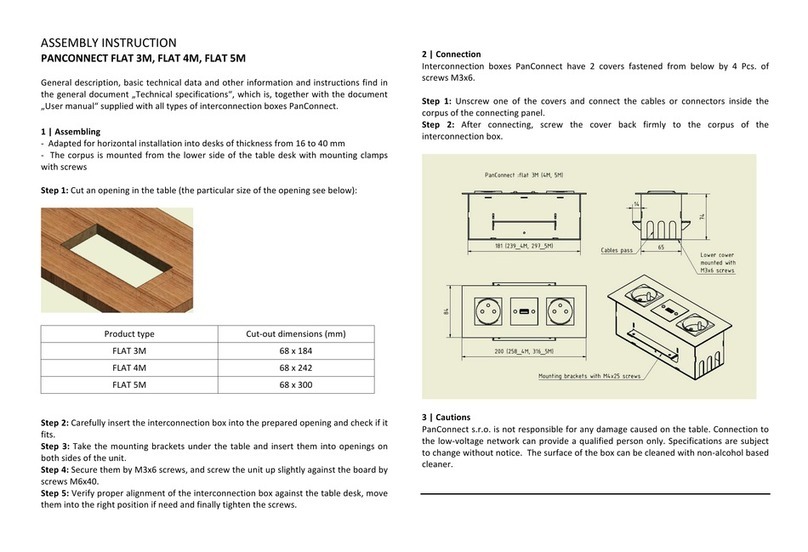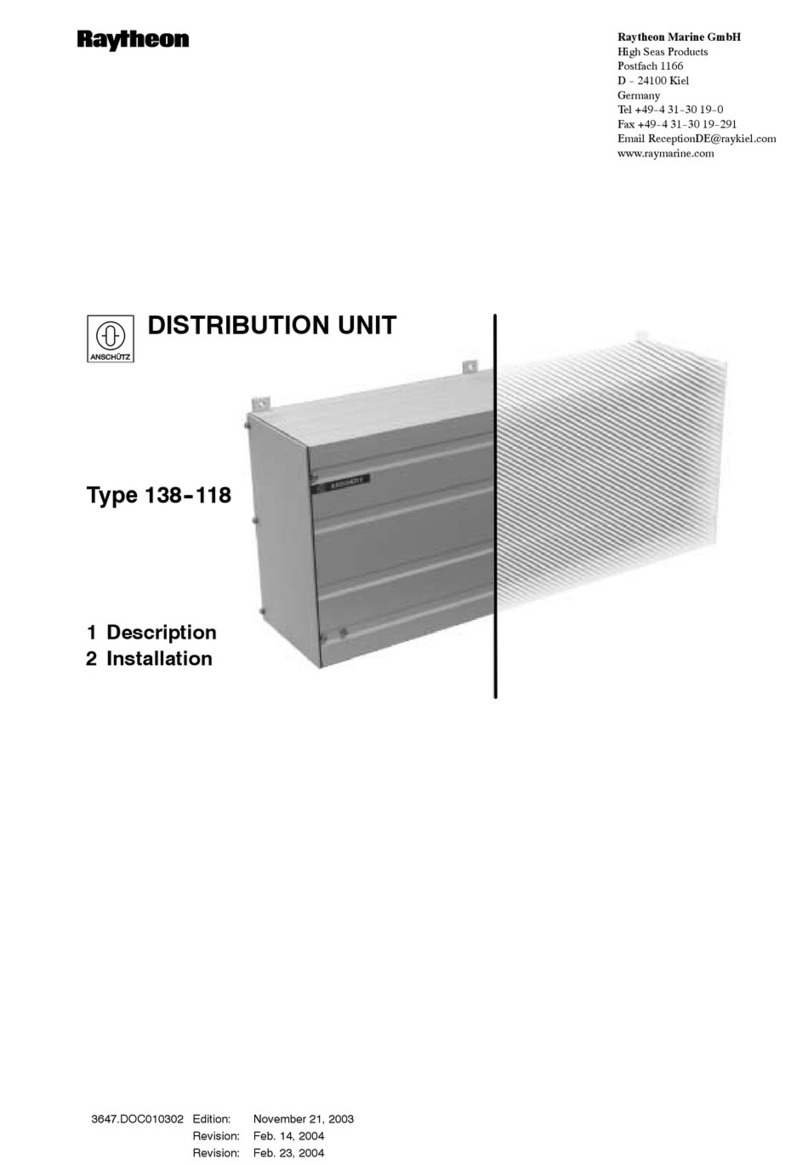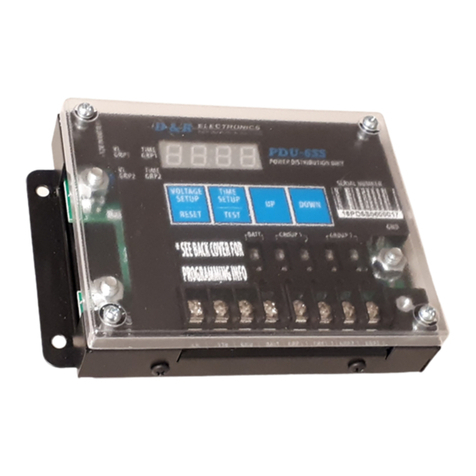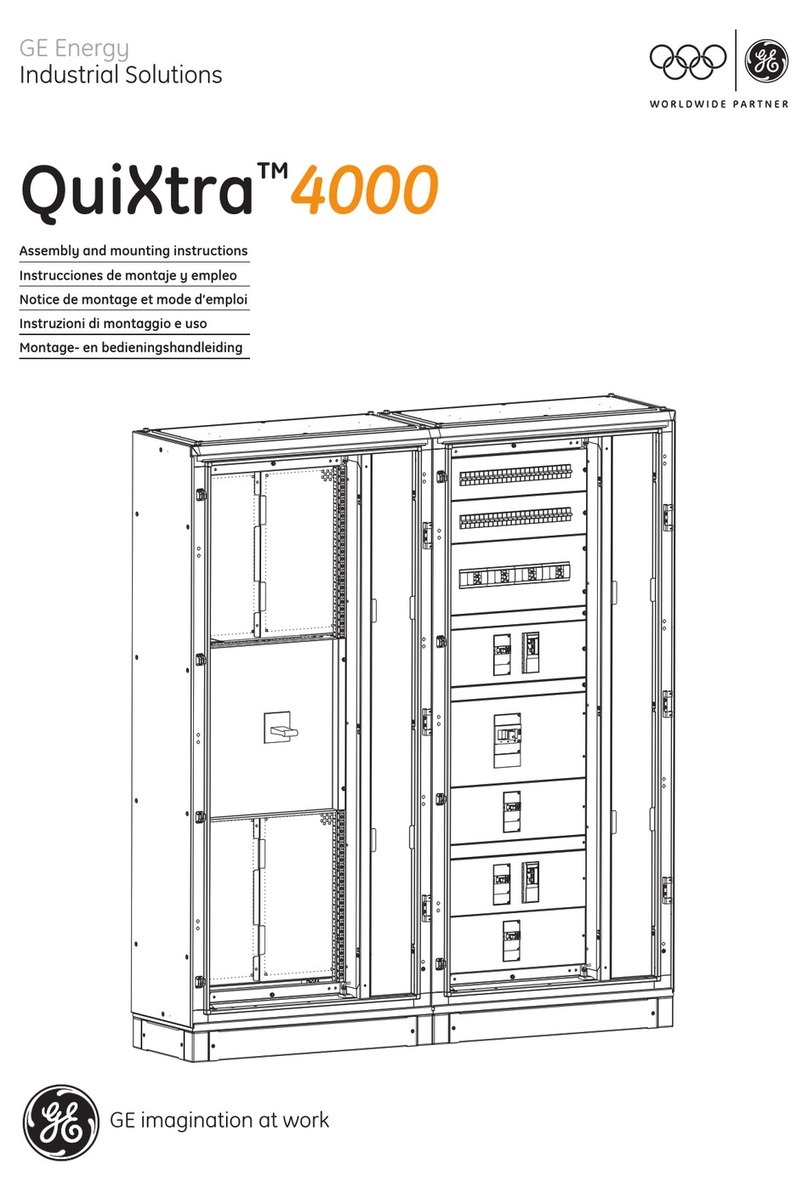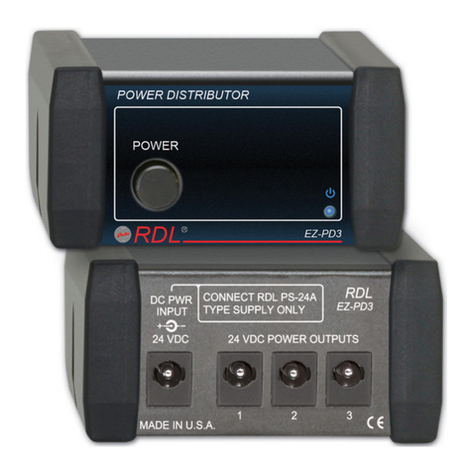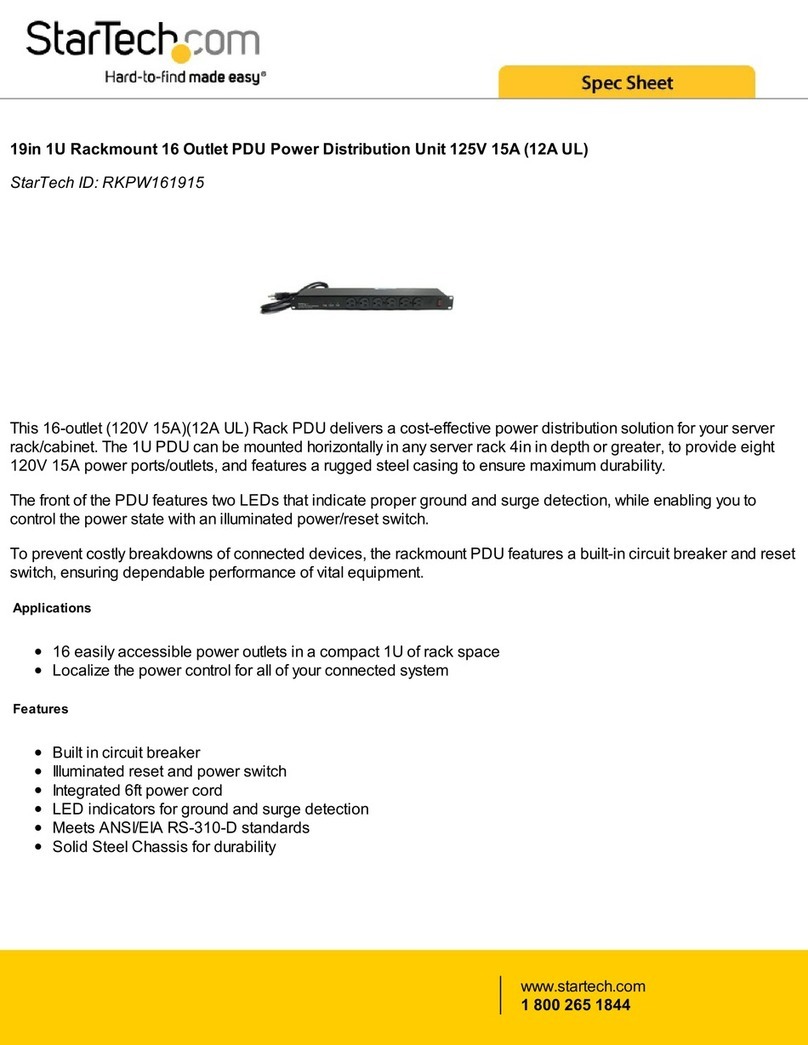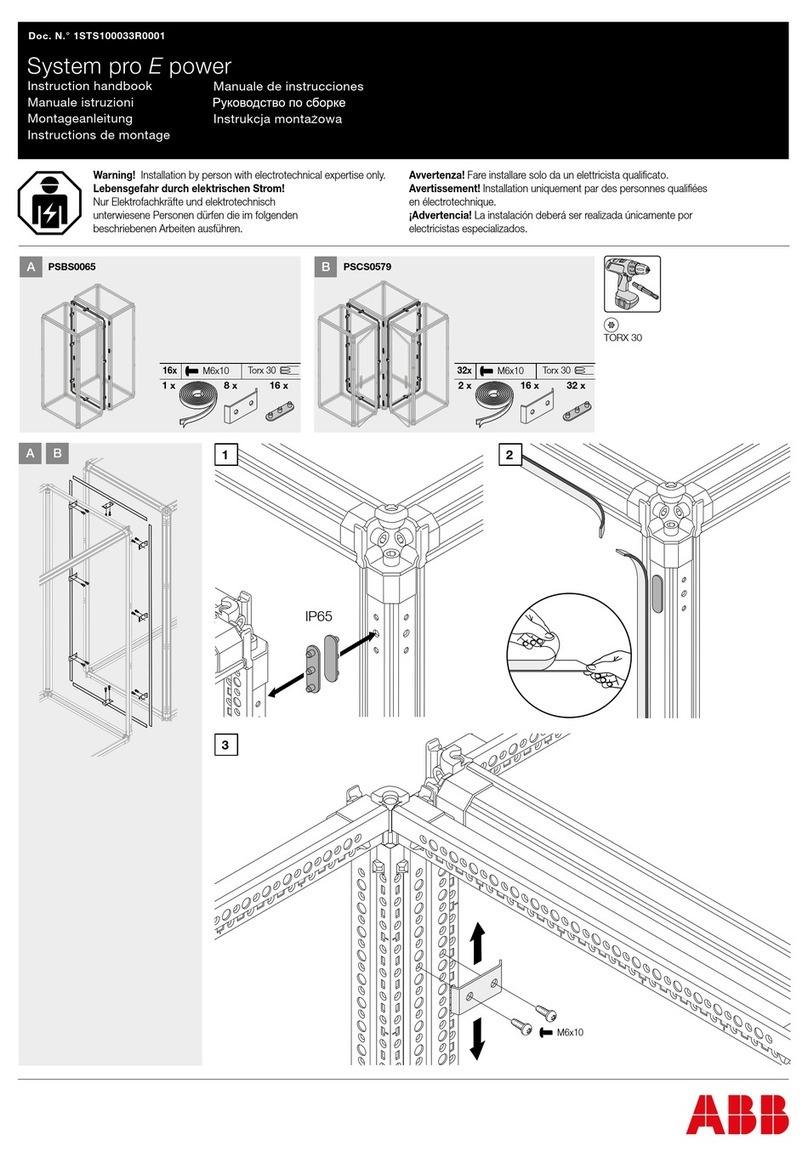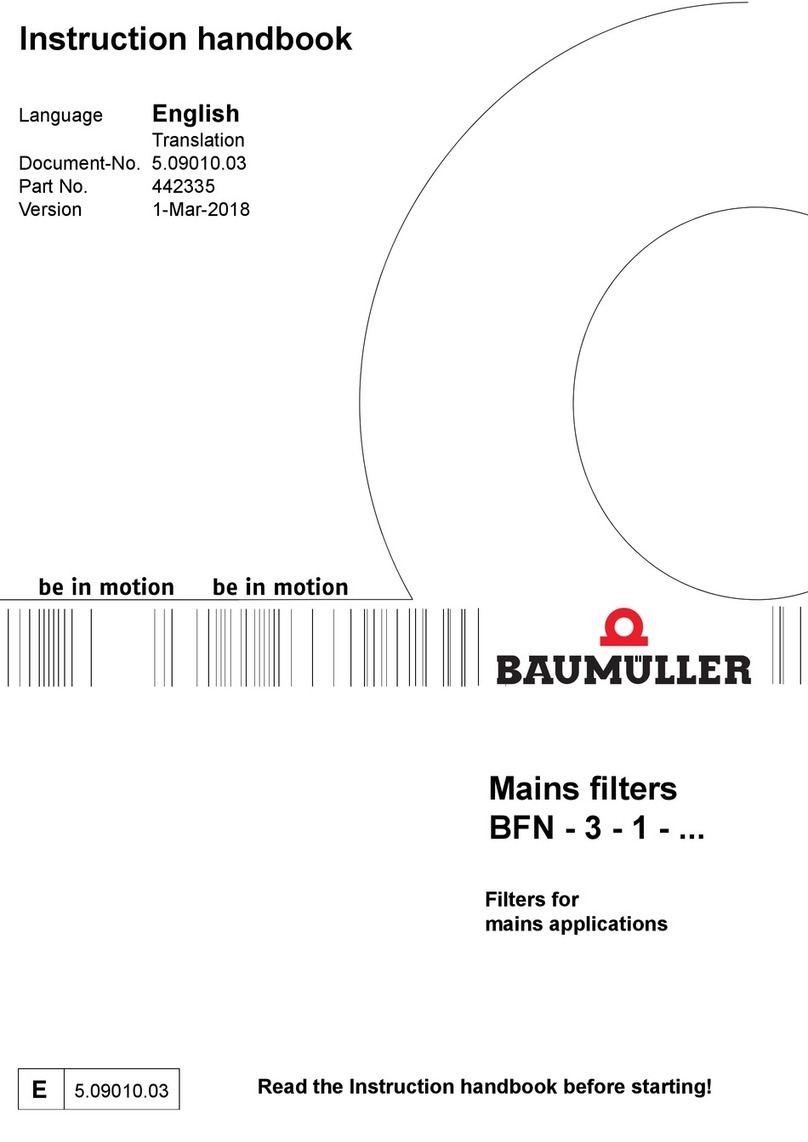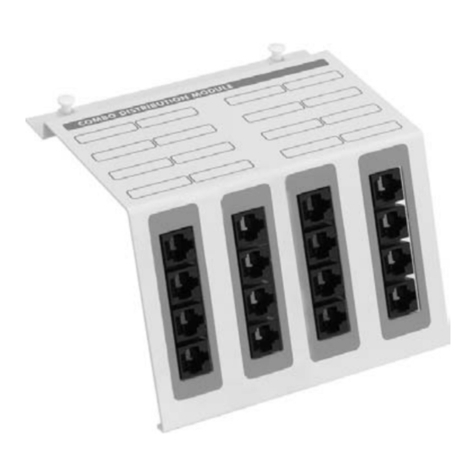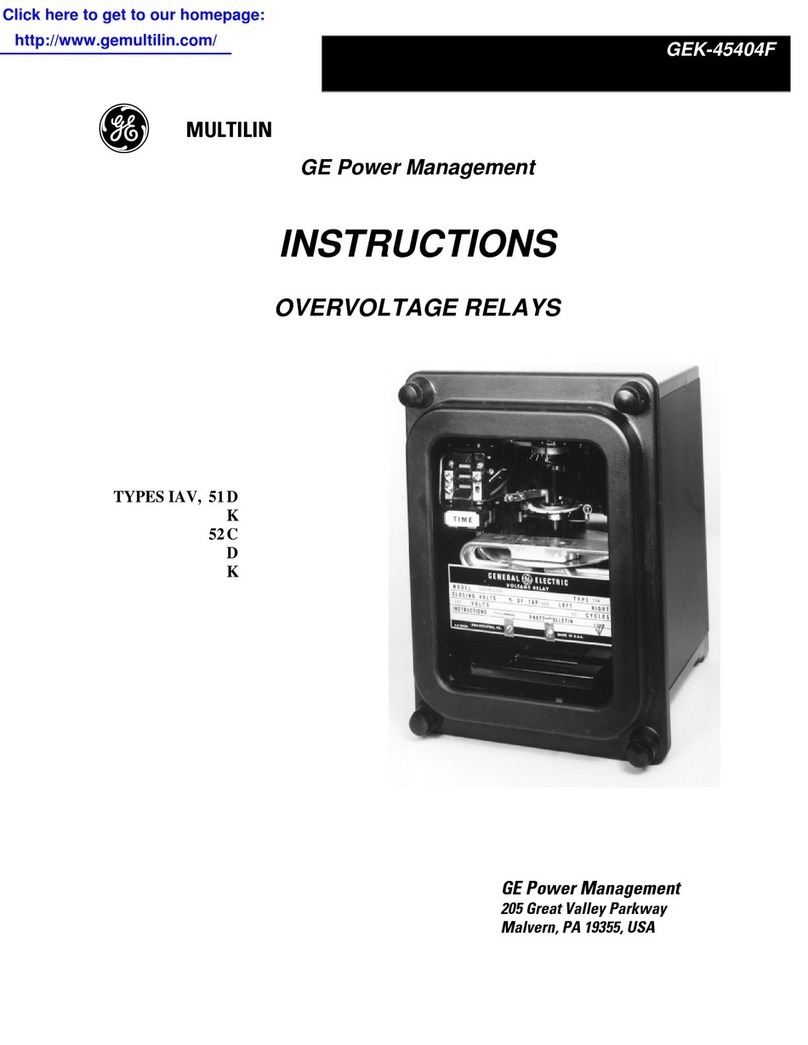KEOR SPE R/T
BATTERY CABINET
5
2. Regulatory and safety requirements
This section contains important safety and operating instructions that should always be followed during
the installation, use and maintenance of the battery cabinet.
DANGER
The Keor SPE UPS and battery cabinet work with dangerous voltages. Only skilled technicians
qualified and authorized by LEGRAND must perform ordinary maintenance operations. No part of the
battery cabinet can be repaired by the user. Extraordinary maintenance operations must be carried out
by LEGRAND Technical Support Service personnel.
• This product should be installed in compliance with installation rules, preferably by a qualified
electrician. Incorrect installation and use can lead to risk of electric shock or fire. Before carrying out
the installation, read the instructions and take account of the product’s specific mounting location. Do
not open, dismantle, alter or modify the device except where specifically required to do so by the
instructions. All Legrand products must be opened and repaired exclusively by personnel trained and
approved by Legrand. Any unauthorised opening or repair completely cancels all liabilities and the
rights to replacement and guarantees. Use only Legrand brand accessories.
• Ensure that the mains supply voltage and frequency match those of the UPS (see the product label
and the technical specifications).
• If any visible damage is found on the product during the unpacking operation, do not install the
equipment but repack the unit and return it to your reseller or distributor.
• Before operating the UPS with its battery cabinet, ensure the UPS and the battery cabinet are
connected to a properly grounded mains socket.
• Do not attempt to open or disassemble the battery cabinet; there are no user replaceable parts.
Opening the case will void the warranty and introduces the risk of electric shock even when the mains
plug is disconnected.
•The battery cabinet has dangerous voltages on its input and output connections. Contact with these
voltages may be life threatening.
• In case of emergency, immediately turn off the equipment and disconnect the power cord from the
AC power supply.
• Do not allow any liquid or any foreign object to enter the battery cabinet.
• The battery cabinet is intended for indoor installation in a ventilated, controlled indoor environment
with a range of temperature between 0°C (+32°F) and +40°C (+104°F) and non-condensing humidity
<95%.
• Do not install the equipment in locations with sparks, smoke, and hazardous gas or where there is
water and excessive humidity. Dusty, corrosive, and salty environments can damage the equipment.
• Do not plug the battery cabinet input into its own output.
• Keep a clearance of 20 cm beyond the rear panel. Avoid exposing it to direct sunlight or installing it
near heat emitting appliances.
• Unplug the battery cabinet prior to cleaning and do not use liquid or spray detergent.
• Do not place the equipment near equipment that generate strong electromagnetic fields and/or near
equipment that are sensible to electromagnetic fields.
• The battery cabinet should be recharged every 2-3 months if unused. To do so, connect the power
cable to a suitable grounded mains socket.
• To safeguard the batteries as well as possible it is necessary to bear in mind that their average
lifetime is strongly influenced by the operating room temperature. Position the UPS in an environment
with a temperature range between +20°C (+68°F) and +25°C (+77°F) to guarantee the optimum life of
the batteries.

